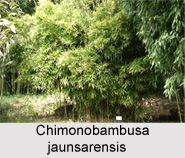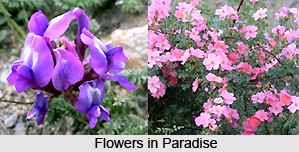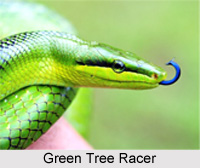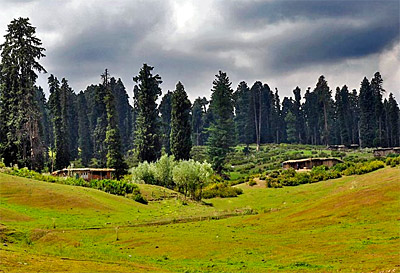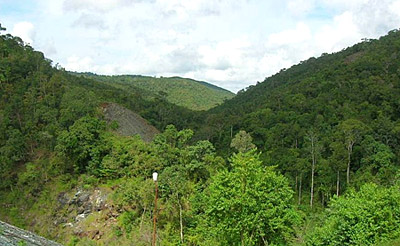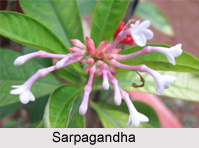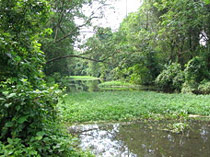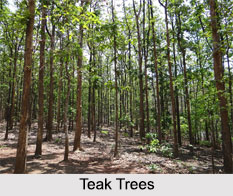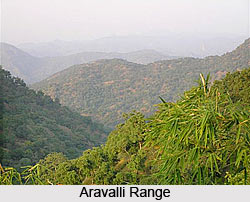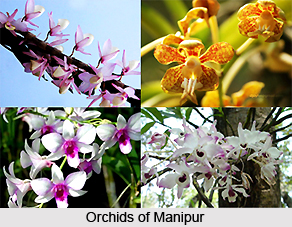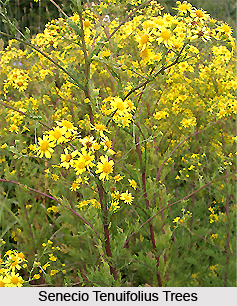 Senecio tenuifolius is distributed all over the Indian peninsula. This plant is regarded as a medicinal plant is commonly found in the dry hills of southern India that extends from southern Maharashtra to Kerala and eastwards through Karnataka and Tamilnadu. The Senecio tenuifolius grows at an altitude of 1500 meter. This Indian medicinal plant is commonly known as mentog, nimbar or sanggye in Punjabi.
Senecio tenuifolius is distributed all over the Indian peninsula. This plant is regarded as a medicinal plant is commonly found in the dry hills of southern India that extends from southern Maharashtra to Kerala and eastwards through Karnataka and Tamilnadu. The Senecio tenuifolius grows at an altitude of 1500 meter. This Indian medicinal plant is commonly known as mentog, nimbar or sanggye in Punjabi.
The Indian medicinal plant, Senecio tenuifolius is slender and glabrous much-branched annual herb. This plant usually grows about 15 to 45 centimeter tall. The leaves are sessile and pinnatifid. All the segments of the Senecio tenuifolius are slender, spreading and obtuse in shape. In this plant, flowers heads are 0.6 to 0.8 centimeter in diameter and also in divaricating corymbs. They are rayed as well.
Senecio tenuifolius feature slender peduncles and they are available with a few scattered bracts. There are 10 to 13 involucral bracts which are oblanceo-late. They are 3 to 4 millimeter long, acute or acuminate. These bracts are available with broad margins and yellowish nerves and 6 to 10 ligules. Achenes of the ray flowers elongate and there is pappus copious and yellowish in colour, in addition to that they are as long as the achenes. The disc flowers narrow at the base and they are 0.3 centimeter long, hairy with white hairs on the ribs and brown colour. In this medicinal plant flowering occurs between August and October.
Senecio tenuifolius is widely used for its medicinal properties. The leaves of the plant are valuable. These leaves from the Indian medicinal plant are used as an emollient and vulnerary.
This article is a stub. You can enrich by adding more information to it. Send your Write Up to content@indianetzone.com
